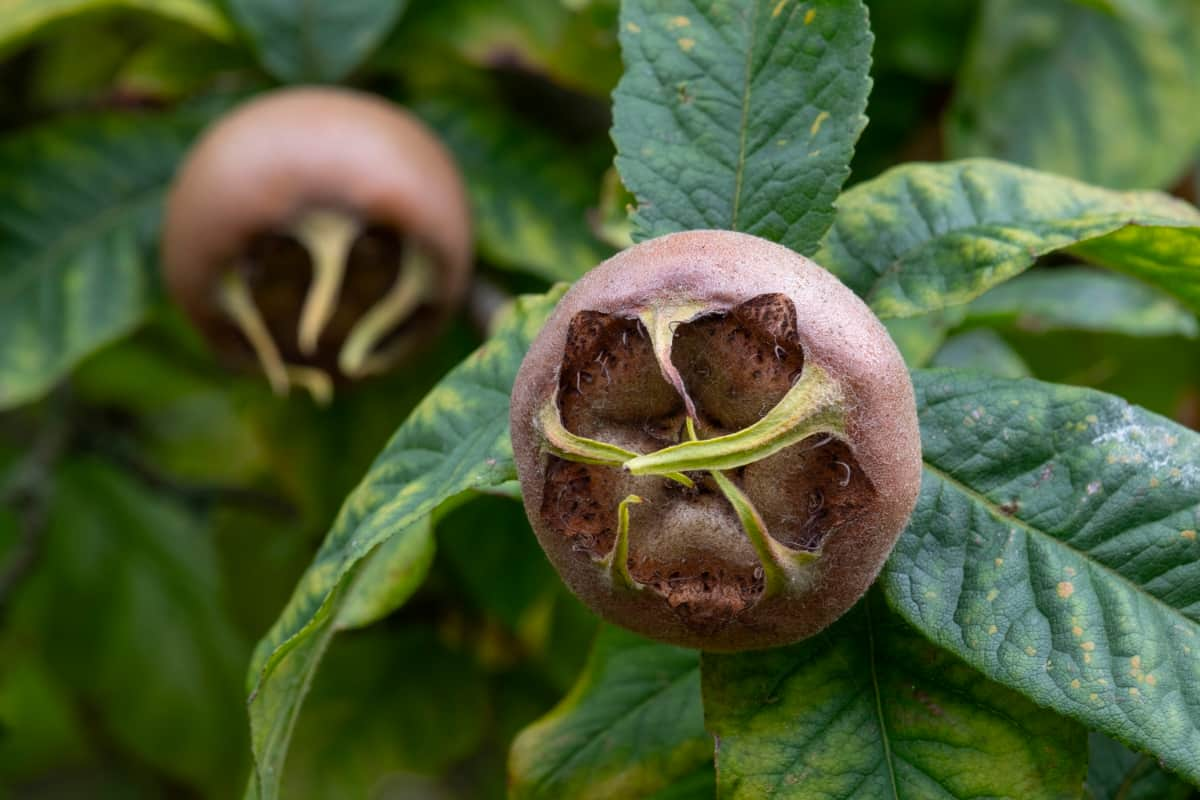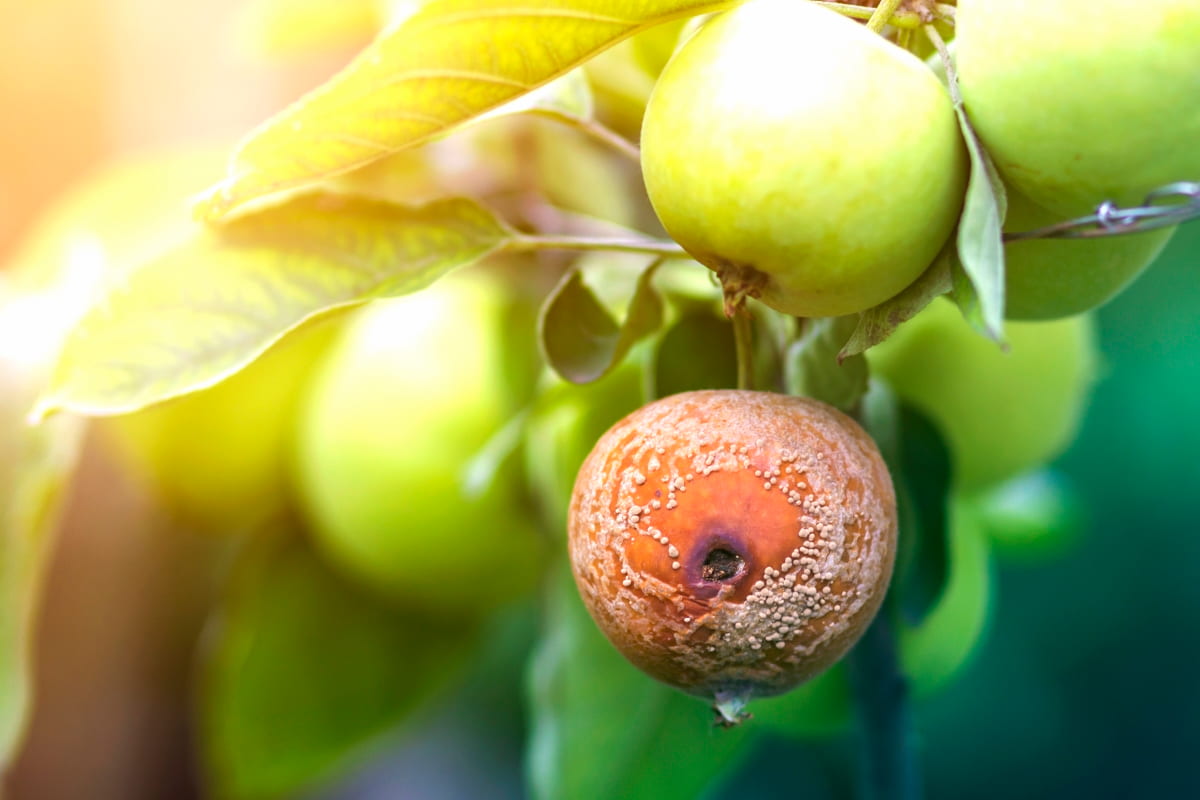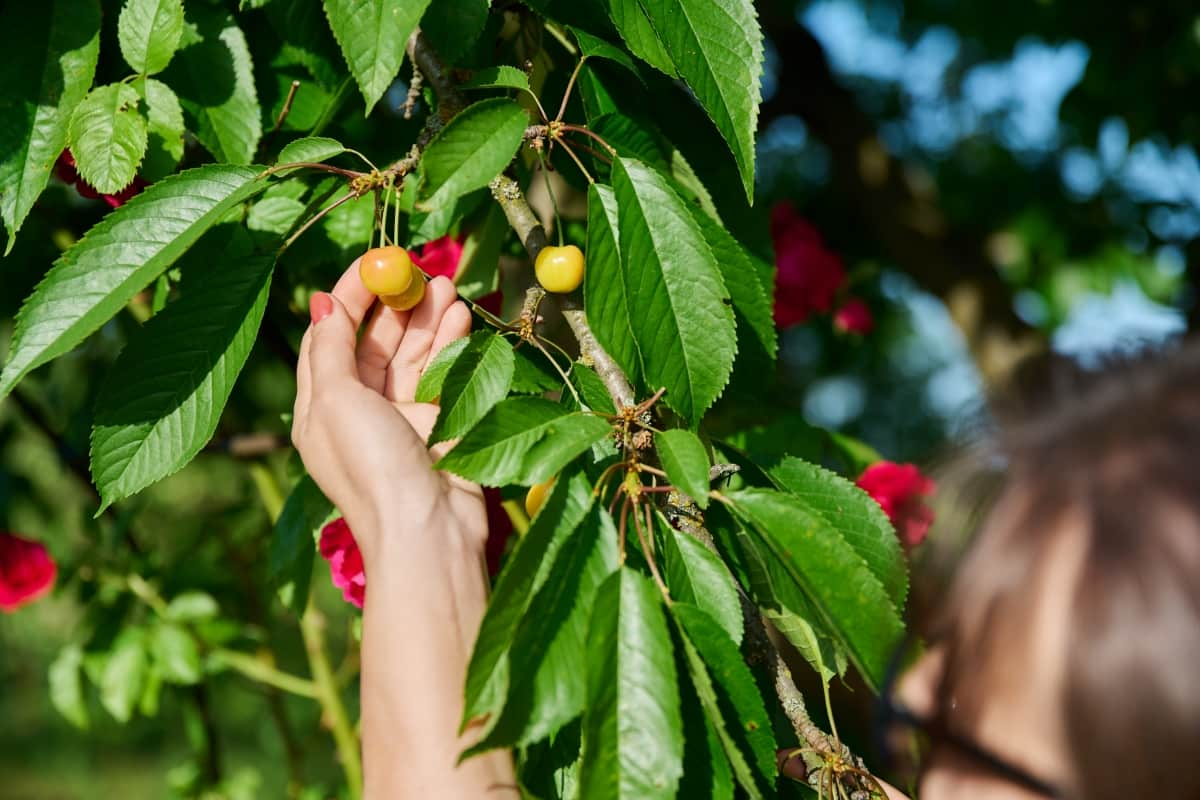Fruit development failure refers to the inability of a fruit tree to produce viable and healthy fruits. It is a complex process influenced by various factors throughout the growth stages. Understanding the reasons behind fruit development failure can help in improving overall fruit production.

Overview of Fruit Development Failure
Understanding Fruit Development Stages
Fruit development is a complex process that begins with flower formation and ends with fruit maturation. Each fruit development stage plays a crucial role in determining the final yield of fruits. Factors like genetics, environment, pollination, and pest management all influence the success of fruit development. From blossom to harvest, fruit trees go through various phases where any imbalance or stress can disrupt the natural progression.
Overview of Factors Leading to Unfruitfulness
Fruit trees are complex organisms that require the right conditions to bear fruit successfully. Various factors can influence their ability to set and develop fruits, leading to unfruitfulness in some cases. Environmental factors play a major role in fruit development. Temperature extremes, such as frost or heatwaves, can impact flower formation and fruit set. Soil health and nutrition are vital considerations for optimal fruit growth.
Genetic and Varietal Influences
Role of Plant Genetics in Fruit Development
The genetics of a plant plays a crucial part in determining its ability to produce fruits successfully. Different varieties exhibit varying levels of fruitfulness based on their genetic traits. Genetic and varietal influences play a significant role in determining the success of fruit development.
The genetic makeup of a plant, as well as the specific variety chosen, can greatly impact its ability to set and mature fruits effectively. Understanding the genetic limitations on fruit development is essential for farmers and growers to make informed decisions when selecting plant varieties for cultivation. Selecting suitable varieties with strong genetics is essential for maximizing fruit yield.
Impact of Variety Selection on Fruitfulness
Selecting the right plant variety is key to ensuring optimal fruit production. Some varieties are naturally more productive and resistant to certain environmental stressors, making them ideal choices for growers looking to maximize their yields. This knowledge helps in setting realistic expectations for fruitfulness and implementing strategies to enhance overall productivity.
Climatic and Environmental Factors
Temperature Extremes and Their Effects
Fluctuations in temperature can disrupt crucial stages of fruit growth and maturation. Extreme heat can lead to sunburn on fruits, affecting their quality and market value. On the other hand, sudden cold snaps can damage blossoms and young fruit, resulting in poor yield for the season. Growers need to monitor weather patterns closely and implement protective measures when needed. To mitigate the effects of temperature extremes, methods such as shading, irrigation adjustments, and frost protection mechanisms can be employed.
The Importance of Water: Drought Stress vs. Waterlogging
Water plays a crucial role in the development of fruits, acting as a lifeline for fruit trees. Drought stress can severely impact fruitfulness by causing reduced water uptake and nutrient absorption, leading to stunted growth and shrivelled fruits. On the other hand, waterlogging can suffocate root systems, hindering oxygen uptake and nutrient transportation, ultimately resulting in wilting leaves and rotting roots. Maintaining a balanced soil moisture level is key to ensuring optimal fruit development.
In case you missed it: Causes of Non-Fruiting Coconut Trees: Remedies and Treatment

Soil Health and Nutrition
Nutrient Deficiencies and Their Symptoms
Nutrient deficiencies can stunt growth, showing up as yellow leaves or stunted fruit. Please pay attention to your plant’s symptoms; they’re like little distress signals from the roots below. Nutrient deficiencies can affect fruiting, while soil pH and structure influence nutrient availability to the tree roots.
The Significance of Soil pH and Structure
Soil pH is important in nutrient availability – acidic or alkaline soils can lock away essential elements from your plants. Testing your soil regularly is like giving it a check-up to ensure everything’s running smoothly underground. The structure of your soil matters too – compacted soil restricts root growth, leading to poor nutrient uptake. Loose, well-draining soil allows roots to breathe and access water and nutrients easily.
Pollination Challenges
Importance of Pollinators in Fruit Production
Pollination is a crucial step in fruit production, where pollinators like bees play a vital role in transferring pollen between flowers. Without proper pollination, fruits may fail to develop fully or at all.
Dealing with Poor Pollination and Pollinator Decline
Dealing with poor pollination can be challenging, but implementing strategies such as planting diverse flowering plants to attract more pollinators or using alternative methods like hand-pollination can help improve fruit set. Unfortunately, there has been a decline in natural pollinator populations due to factors like pesticide use and habitat loss. This decline emphasizes the importance of creating pollinator-friendly environments by avoiding harmful chemicals and preserving natural habitats.
Pest and Disease Management
Common Pests and Diseases Affecting Fruit Trees
Pests and diseases can be a major problem for fruit trees, impacting their overall health and productivity. Common pests like aphids, mites, and fruit flies can quickly infest trees, leading to stunted growth and poor fruit development. Diseases such as bacterial spot can also take a toll on fruit quality.
Integrated Pest Management Strategies
Integrated pest management strategies offer a holistic approach to combating these issues. By combining cultural practices, biological controls, and targeted pesticide applications, when necessary, growers can effectively manage pest and disease pressures while minimizing environmental impact. Regular monitoring of orchards is key to early detection of any potential problems. Implementing proper sanitation measures by removing diseased plant material can help prevent pathogens.
Pruning and Canopy Management
Pruning Techniques for Optimal Fruit Development
Pruning and canopy management plays a crucial role in ensuring optimal fruit development in orchards. By employing the right pruning techniques, farmers can enhance the fruit tree’s health and productivity. Proper pruning helps to remove diseased branches, allowing for better sunlight penetration into the canopy.
Light Management and Its Impact on Fruitfulness
Light management is another key aspect that directly impacts fruitfulness. Adequate sunlight is important for photosynthesis, which is vital for fruit growth and development. Farmers need to ensure that their trees receive enough light throughout the day by strategically managing the canopy structure. By regularly assessing and adjusting the canopy through pruning, farmers can maximize light interception by the leaves, leading to improved sugar production within the plant.
Chemical Growth Regulators
Use of Plant Hormones to Enhance Fruit Development
Chemical growth regulators play a crucial role in enhancing fruit development by manipulating plant hormones. These regulators can stimulate or inhibit specific growth processes to optimize fruit production. While they offer benefits like increased yield and improved fruit quality, there are also risks associated with their use. It’s essential to carefully follow dosage recommendations and application methods to avoid adverse effects on plant health.
Risks and Benefits of Chemical Growth Regulators
Plant hormones such as auxins, gibberellins, ethylene, jasmonates, cytokinins, and abscisic acid can be artificially regulated using chemical growth regulators. By strategically applying these compounds at different stages of fruit development, growers can influence factors like flowering, fruit set, and ripening.
In case you missed it: Fruit Fly Management in Mango: Identification, Natural, and Chemical Control Strategies

Before incorporating chemical growth regulators into your cultivation practices, it’s vital to understand the specific needs of your crop and seek advice from agricultural experts. Properly managing the risks while maximizing the benefits of these substances is key to successful fruit production.
Climate Change and Its Impacts
Predicting the Impact of Climate Change on Fruit Production
Climate change poses significant challenges to fruit production worldwide. With unpredictable weather patterns and extreme conditions becoming more common, the impact on fruit trees is undeniable. Rising temperatures can disrupt flowering times and affect pollination rates, leading to reduced fruit set. Fruit set failure can be a frustrating issue for fruit growers, impacting the overall yield of their crops.
Adaptive Strategies for Future Fruitfulness
Adapting to these changes requires innovative strategies such as planting heat-tolerant varieties and implementing water-saving irrigation techniques. Farmers may need to adjust their crop management practices and invest in technologies that can mitigate the effects of climate change on fruitfulness. By staying proactive and adaptable, the agriculture industry can strive towards ensuring future fruitfulness despite the challenges posed by a changing climate.
In case you missed it: How to Increase Amla Fruit Size: Exploring Optimization for Larger Amla Fruit Growth

Conclusion
Fruit development failure can be influenced by various factors that impact the growth and fruition of plants. The phenomenon of fruit development failure can be attributed to a myriad of factors that influence the growth and productivity of fruit-bearing plants. Understanding the complexities behind this issue is crucial in ensuring optimal fruitfulness in your orchard.
- Feed Your Flock for Less: Top 10 Tips to Save on Chicken Feed
- Ultimate Guide to Ossabaw Island Hog: Breeding, Raising, Diet, and Care
- Hatching Answers: The Top 10 Reasons Your Chickens Aren’t Laying Eggs
- Eggs and Economics: Breaking Down the Cost of Raising Backyard Chickens
- Defend Your Greens: Proven Methods to Keep Iguanas Out of Your Garden
- Ultimate Guide to Cinnamon Queen Chicken: A Comprehensive Guide for Beginners
- Ultimate Guide to California Tan Chicken: Breeding, Raising, Diet, Egg-Production and Care
- Ultimate Guide to Marsh Daisy Chicken: Breeding, Raising, Diet, and Care
- 10 Types of Chicken Farming Businesses You Can Start for Profits